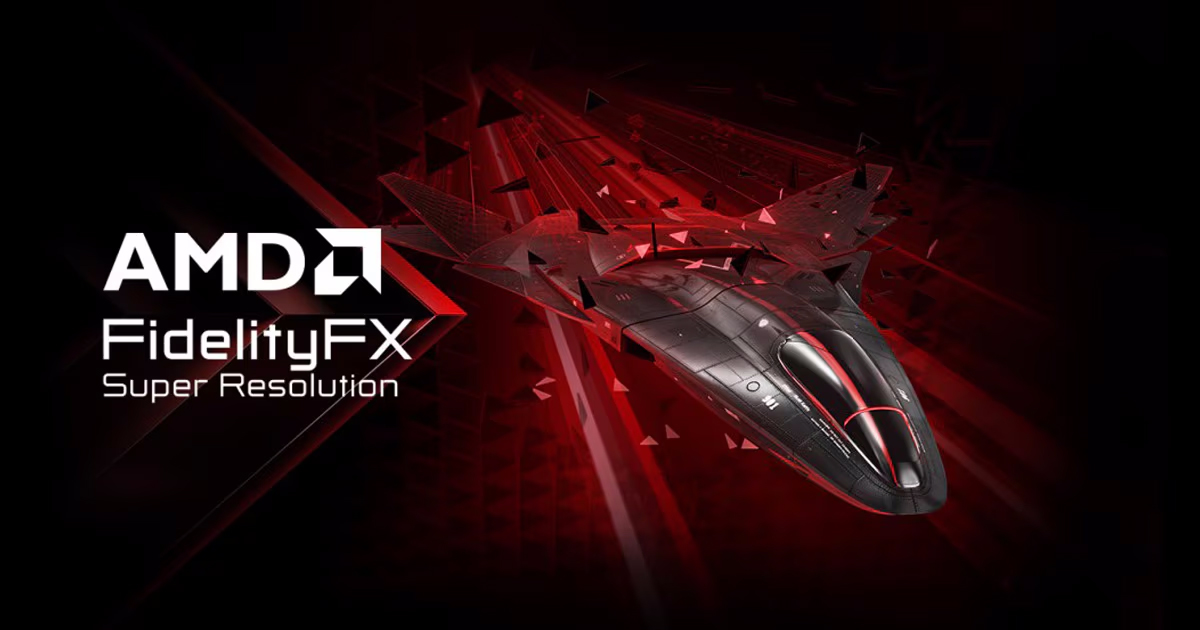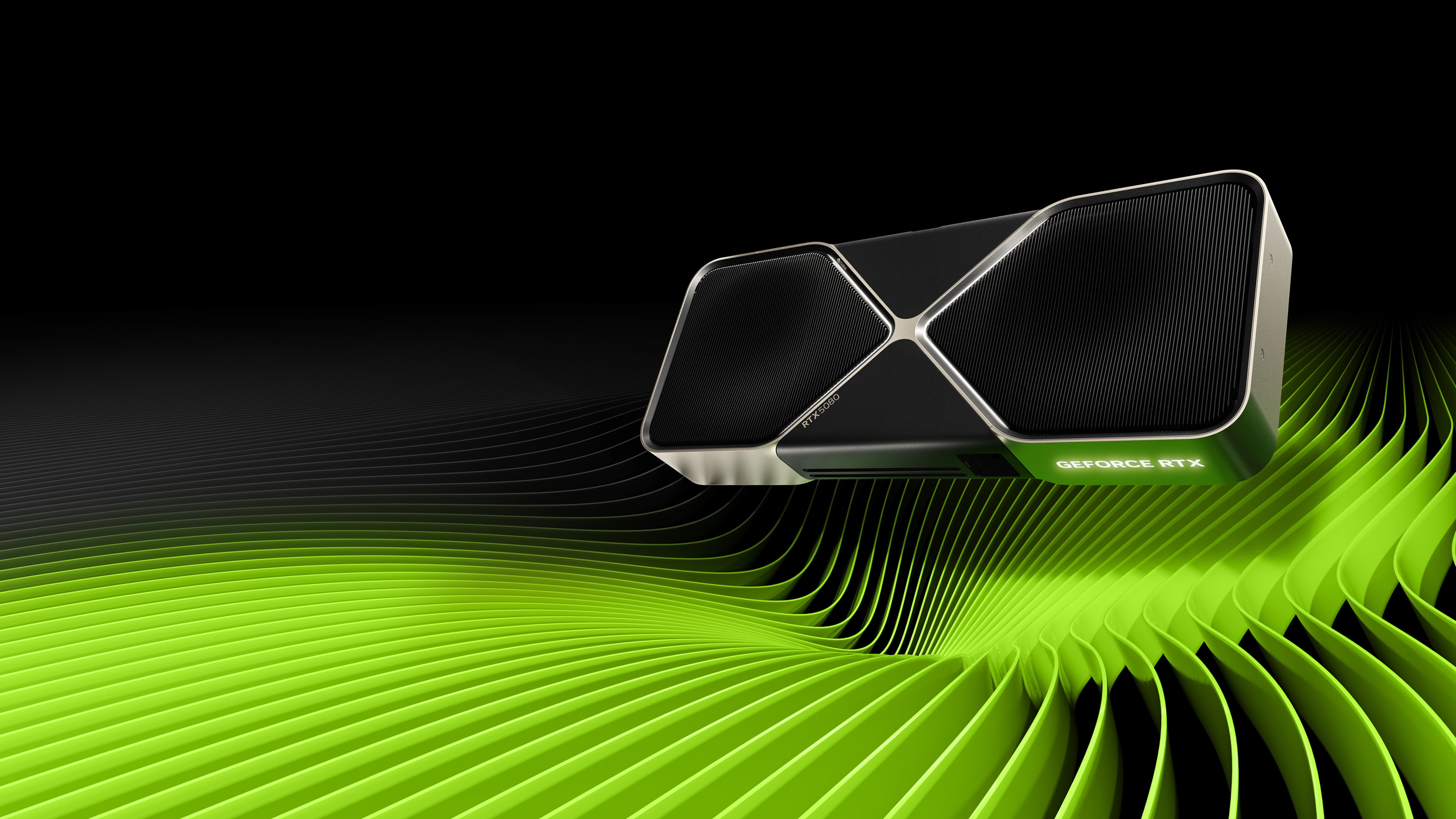Intel has officially released the XeSS 2.1.0 SDK, a major update to its Xe Super Sampling (XeSS) framework that brings broader GPU support and unlocks frame generation for AMD and Nvidia cards. The update adds Xe Frame Generation support for any GPU that supports Shader Model 6.4 or higher, including GeForce GTX 10-series and newer, and AMD’s Radeon RX 5000 series onward. However, Intel recommends a GeForce RTX 30-series or Radeon RX 6000-series GPU or newer for the best experience.
Previously, only Intel Arc users had access to the full XeSS 2 feature set, which includes super resolution (XeSS-SR), frame generation (XeSS-FG), and low-latency mode (XeLL). With version 2.1.0, all three features can now be implemented on non-Intel GPUs. However, low latency rendering only kicks in when FG is active on non-Intel cards, so users and developers will need to enable both features for the benefits to apply.
Although this opens the door to wider adoption, support for the XeSS 2.1 SDK isn’t automatic. Even if a game already supports XeSS 2, developers will still need to integrate the new SDK version to enable compatibility for Nvidia and AMD GPUs. For engines that don’t yet support XeSS at all, developers must link the updated SDK and adjust internal configuration to target other vendors.
You may like
-
![]() AMD’s FSR 4 gets a big boost in compatibility as OptiScaler now supports upconverting any modern upscaler to FSR 4 with frame-gen
AMD’s FSR 4 gets a big boost in compatibility as OptiScaler now supports upconverting any modern upscaler to FSR 4 with frame-gen -
 AMD’s FSR Redstone uses machine learning to achieve parity with Nvidia DLSS
AMD’s FSR Redstone uses machine learning to achieve parity with Nvidia DLSS -
![]() Nvidia adds Vulkan compatibility to Smooth Motion frame generation, complete with a boost for emulators
Nvidia adds Vulkan compatibility to Smooth Motion frame generation, complete with a boost for emulators
Under the hood, XeSS 2.1 uses DP4a instructions to run its convolutional neural networks on non-Intel GPUs—offering a fallback path where Intel’s XMX cores aren’t available. On Intel Arc Alchemist and Battlemage GPUs, XMX still delivers better efficiency and performance for frame generation due to dedicated matrix acceleration. In contrast, Nvidia and AMD cards use a compute shader-based version that could deliver slightly lower image quality at a slightly higher cost in resources.


